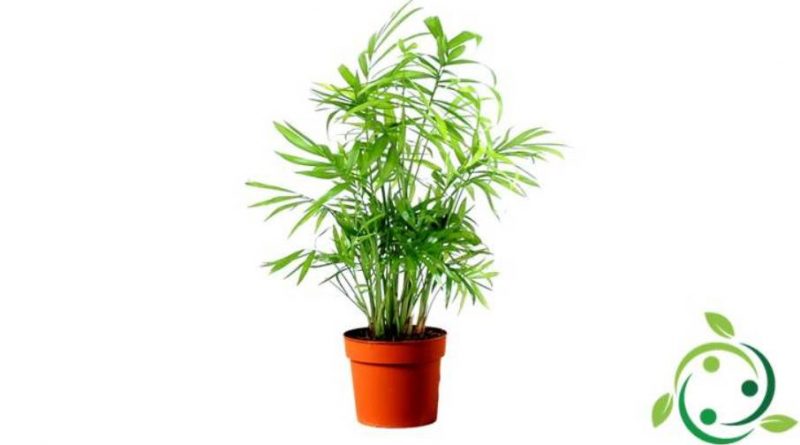How Chamaedorea is grown
How Chamaedorea is grown
The Chamaedorea elegans belongs to the genus (Chamaedorea Willd., 1806) of the family Arecaceae (or Palmae) and belongs to the so-called dwarf palms for the smaller growth and originating in Central and South America. In this article we see how the Chamaedorea is grown knowing that it is a plant well suited to growing in pots. In nature these plants (female ones) produce large fleshy fruits, orange, with numerous seeds, hardly visible in our houseplants. For the cultivation of the Chamaedorea elegans bisgona choose a bright place, but not exposed to direct sunlight, also being plants that fear the cold should be grown at home. The ideal temperature for optimal growth of Chamaedorea elegans is around 18 ° C.
In pot the Chamaedorea plant should be watered with regular intervals throughout the year, allowing the soil to dry between one watering and the other, avoiding water stagnations and excess water; for this reason at the base of the vases it is necessary to place coarse material that helps drain the excess water. The excess water can promote the onset of radical rot.
The soil where to place the Chamaedorea elegans must be rich in humus, loose and very well drained. Every two or three years maximum a repotting must be performed in the spring – summer period, taking care not to damage the root system.
For fertilization, intervene 3-4 times a year with specific fertilizer for tropical plants. It is excellent to spray demineralized water on plants, especially in drier periods.
If you have Chamaedorea elegans seeds, know that these large seeds take a few months to sprout. For those wishing to try seed propagation we recommend the period from the end of winter to the beginning of spring, keeping the vase in a bright area (never in direct sunlight).
Adversities include that Chamaedorea may be affected by cochineals and red spiders. Natural systems can be used with mild soap solutions from Marseille. In any case, to eliminate the red spider mites it is good to increase the environmental humidity with more nebulisations on the leaves, while for the cochineals it is possible to intervene simply by cleaning the leaves directly.
As far as pruning is concerned, these are simply dried or yellowed leaves for aesthetic reasons.

